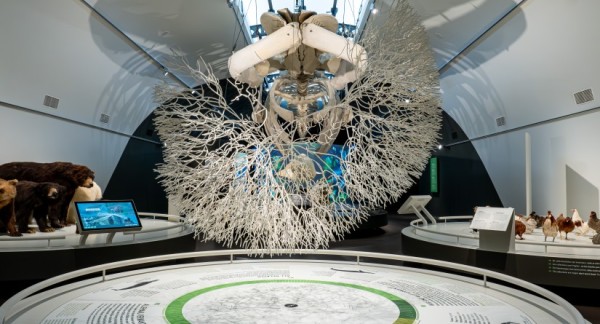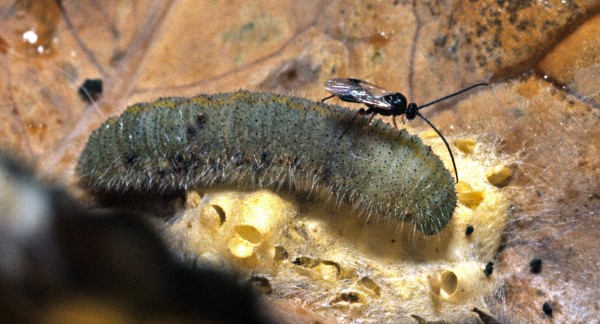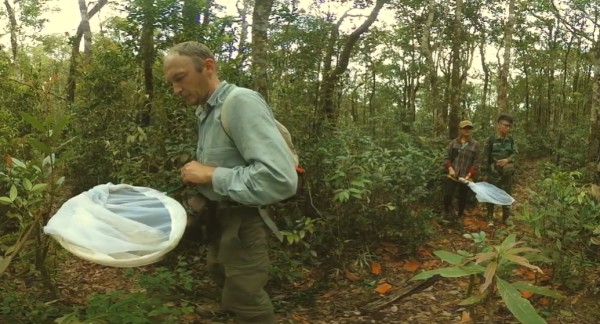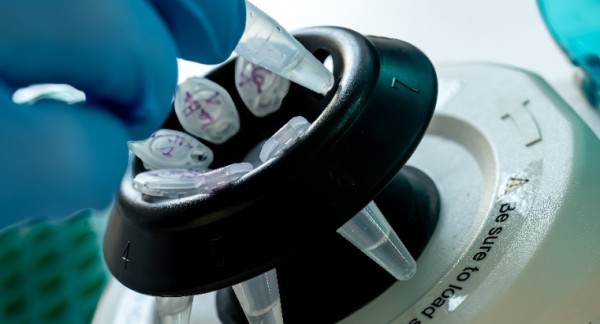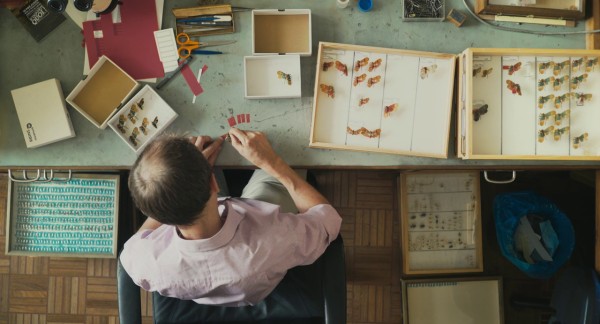The preservation of specimens in collections
Natural history collections are the backbone of taxonomy and biodiversity research. They serve as permanent records of life on Earth, providing scientists with the evidence needed to study species and ecosystems, track changes in biodiversity, and address global challenges like climate change and habitat loss. In the words of Maarten Van Steenberge: “collections can be used as a baseline. To see how the ecosystems change.”
But what exactly goes into preserving these collections? Meticulously cataloguing specimens, a wide diversity of preservation techniques innovations… natural history collections are a blend of tradition and innovation, as you will find out in this section. Ready to step inside the world of natural history collections? Let’s dive in!
1. Cataloging Specimens
Each specimen has a label with the collecting data. That's extremely important. For us, a specimen without a label is discarded. We can't do anything with it - Jérôme Constant.
Every specimen in a collection is meticulously catalogued, ensuring it can be easily located and studied.
-
Unique Identifiers: Each specimen is assigned a unique catalogue number, which is linked to detailed information about its origin, habitat, and collector.
-
Digital Databases: Many institutions are digitizing their collections, making them accessible to researchers worldwide. Want to explore these collections for yourself? Check out the Royal Belgian Institute of Natural Sciences’ online database: Collections & Data.
Museums have traditionally acted as independent organizations, but there’s a new database that aims to create a global collection composed of all the collections of all the world’s museums. Want to learn more about this initiative? Check it out here! Worldwide Collections Database
2. Preservation Techniques
Preserving biodiversity is both an art and a science. Over the centuries, scientists have developed a variety of techniques to ensure specimens remain available for study by future generations. These methods depend on the type of organism, the purpose of preservation, and the kind of information researchers hope to retain — from physical traits to genetic material, or even living organisms themselves.
Here’s a closer look:
Drying and Mounting

For plants, insects, and other small organisms, drying is one of the oldest and most effective preservation methods.
- Herbarium Sheets: Plants are carefully pressed, dried, and mounted on archival paper. These sheets include labels with details about the specimen’s origin, habitat, and collector. Fun Fact: Did you know that Charles Darwin’s plant collections from the HMS Beagle voyage are still preserved in herbarium sheets today?
- Insect Pinning: Insects are pinned onto foam boards and stored in airtight cabinets to protect them from pests and humidity.
Chemical Preservation
In former times, people wanted to keep things in formaldehyde because it maintains the colours better, but it is very bad for DNA work and it’s also highly toxic and carcinogenic. Nowadays, it's kept in ethanol – Thierry Backeljau.
For animals, especially vertebrates and soft-bodied organisms, chemical preservation is the go-to method.
-
Alcohol Preservation: Specimens are stored in alcohol or isopropanol, which prevents decay and maintains their structural integrity. This method is commonly used for fish, amphibians, and reptiles.
Fun Fact: Some of the oldest alcohol-preserved specimens date back to the 1600s and are still used for research today!
-
Formaldehyde Fixation: Larger specimens, such as mammals and birds, are often preserved in formaldehyde before being transferred to alcohol for long-term storage.

Freezing and Cryopreservation
For tissues intended for genetic analysis, freezing is the preferred method.
-
Ultra-Cold freezers: Tissues are stored at temperatures as low as -80°C to preserve DNA and RNA for future genetic studies.
Interesting fact: Some frozen tissue collections include samples from species that are now extinct!
-
Cryopreservation: In some cases, entire organisms or reproductive cells (e.g., sperm and eggs) are preserved using liquid nitrogen at -196°C. This technique is used for species conservation and breeding programs.
Modern Innovations in Preservation
Advances in technology are revolutionizing how specimens are preserved and studied.
-
Plastination: This technique replaces water and fat in tissues with plastics, creating durable, odorless specimens that retain their original shape and structure. Plastinated specimens are often used for education and public displays.
Living Collections
Not all specimens are preserved in jars or sheets — some are kept alive for research, conservation, and education.
-
Botanical Gardens & Zoos: These maintain live specimens of plants and animals, allowing ongoing study of behaviour, growth, and reproduction.
-
Seed Banks & Microbial Culture Collections: Seeds, fungi, and microorganisms are stored under ideal conditions to retain viability over time — a vital resource for biodiversity and food security.
Fun Fact: The Svalbard Global Seed Vault stores seeds from around the world in Arctic permafrost as a safeguard for future generations.
3. Importance of Collections
Natural history collections are more than just repositories of specimens—they are living libraries of life that connect the past, present, and future of biodiversity research. By preserving physical and genetic records of species, these collections enable scientists to:
-
Track Changes Over Time: From studying the impacts of climate change to understanding evolutionary processes, collections provide a baseline for comparing past and present biodiversity. In words of Thierry Backeljau, “these collections give you the possibility to trace back the environmental history of living organisms. You can perfectly, for example, trace effects of climate change or pollution”.
-
Support Conservation Efforts: By identifying endangered species and documenting their habitats, collections help guide conservation strategies and protect vulnerable ecosystems.
-
Inspire Future Generations: Whether through museum exhibits, educational programs, or citizen science projects, collections spark curiosity and foster a deeper appreciation for the natural world.


